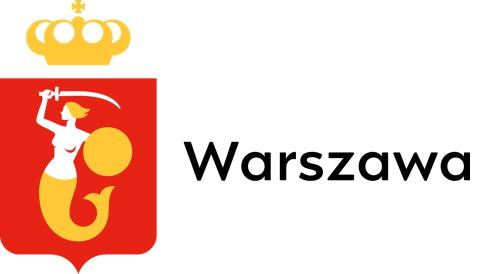
Open data in the Warsaw way

About this good practice
Open data in the Warsaw way- meaning making data available to residents. Is an inspiration and support for individuals, organizations and communities interested in building applications based on open public data. Among other things, two services were created from the realization of the idea of opening data. First service is a central platform for sharing relevant data on the functioning of a city/region (api.um.warszawa.pl). Data is made available from the central system in open formats via API, so that all interested public, private, third sector entities can use it. Second one enables the use of data collected in the first service and makes it available to residents in a visually attractive form (iot.warszawa.pl). The data sharing architecture is based on: - sharing without restrictions, - publishing source versions, - completeness, - timeliness - publishing fast enough to preserve the value of the data, - sharing in machine-readable formats, - making available in a non-discriminatory manner, - making available without legal restrictions. The beneficiaries of the practice are both companies developing solutions based on urban data and residents who use these solutions. Also noteworthy is the use of data by universities in their research. Both services are an important element of Smart City solutions in the city of Warsaw and are significantly part of the concept of development of the capital, as described in the "Digital Transformation Policy for the City of Warsaw."
Resources needed
Implementing an open data portal requires investments in technical, human, organizational, financial, legal, and educational areas. The required resources depend on the project's size and must be estimated individually.
Evidence of success
Success factors include:
Number of data downloads – nearly 2 million daily requests to the Open Data Platform, indicating high demand and usability.
Active users – over 6,000 registered users regularly accessing and utilizing the platform's resources.
Use in applications – open data is integrated into various apps that assist residents in daily decision-making. These applications are developed by both local government and private sector entities, enhancing urban services.
Potential for learning or transfer
Data is a key element in city/regional management. Making them public greatly accelerates the emergence of useful solutions for residents. In addition, the creation of a central distribution point for public sector data makes it possible to freely analyze thematically related data, which can form the basis for development planning and analysis of current urban policies. It improves knowledge of the functioning and operations of local government causing an increase in the involvement of residents, actively involving them in solving social and economic problems.
Further information
Images
